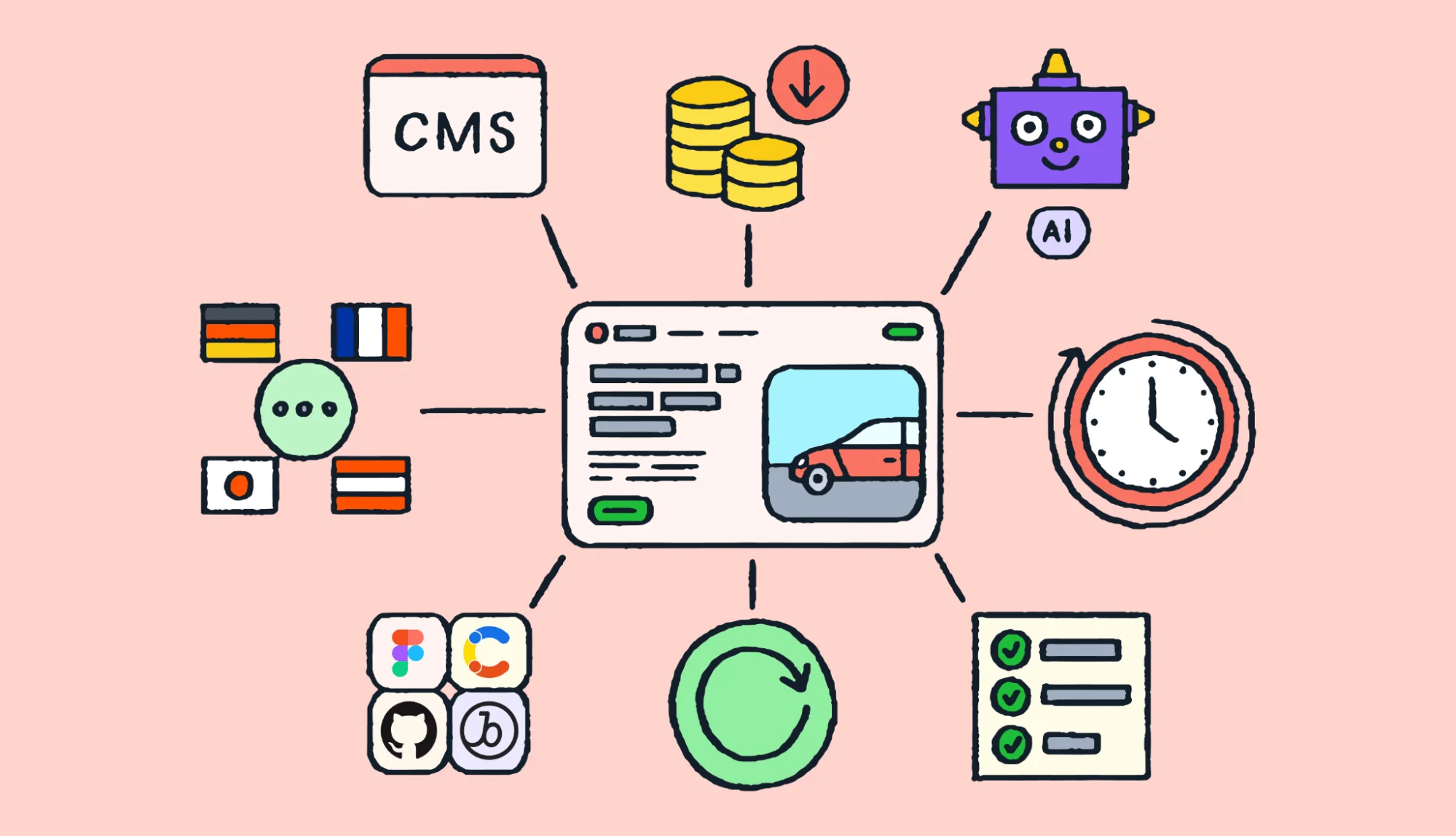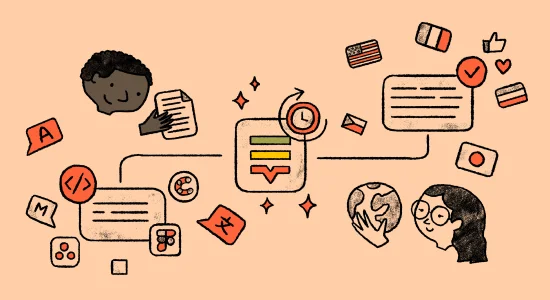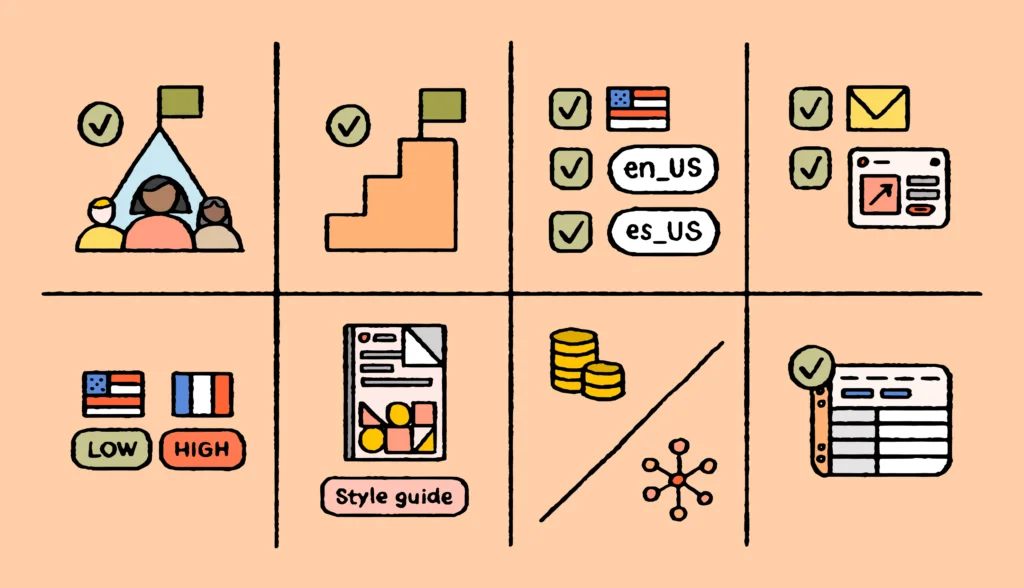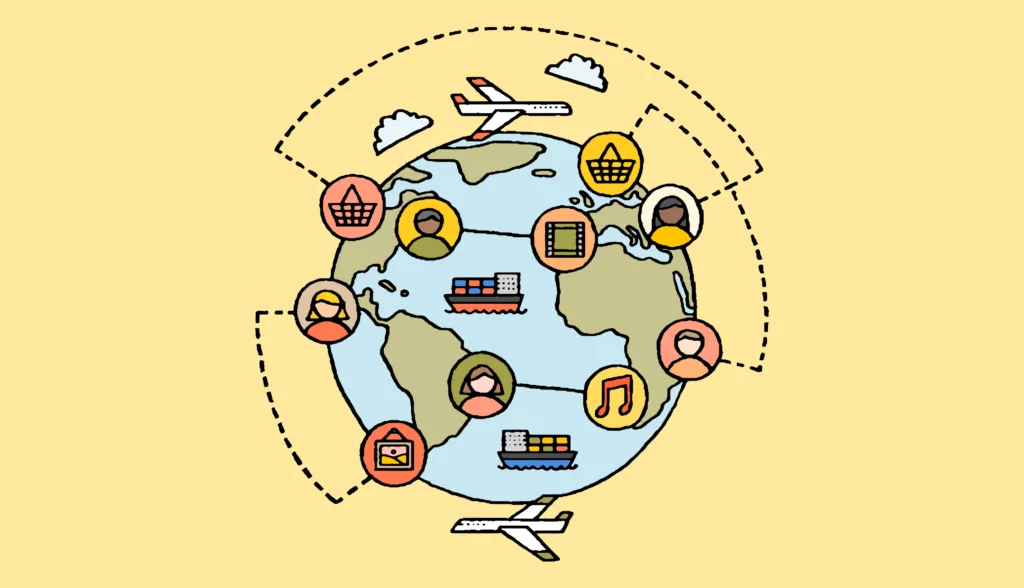Going global means adapting your content, marketing, and products to the local markets you’re targeting — and, more specifically, their language and culture. However, hiring translators can be costly and time-consuming.
That’s where automatic translation can help. Machine translations are way better than they used to be, and translation management software can help you streamline everything from creating translation tasks to exporting translations.
This article will explore what automatic translation is, how it works, and how you can leverage it to grow beyond borders.
What is automatic translation?
To better understand the idea behind automatic translation, you should first look at the concept of automation in general:
Automation technology relies on pre-determined triggers to carry out certain tasks.
Combined with translation, you get translations that happen almost, well, automatically.
Content can be automatically imported when it’s ready to translate, the actual translation can happen without any human intervention, and you can automatically send translated content back to the software, website, or marketing platform where it will be published. You can even work collaboration and quality assurance into your automatic translation workflow.
Traditional translation is a labor- and resource-intensive process. Everyone from managers and developers to translation services providers and marketers are involved, and there’s constant back-and-forth communication, spread over many different tools.
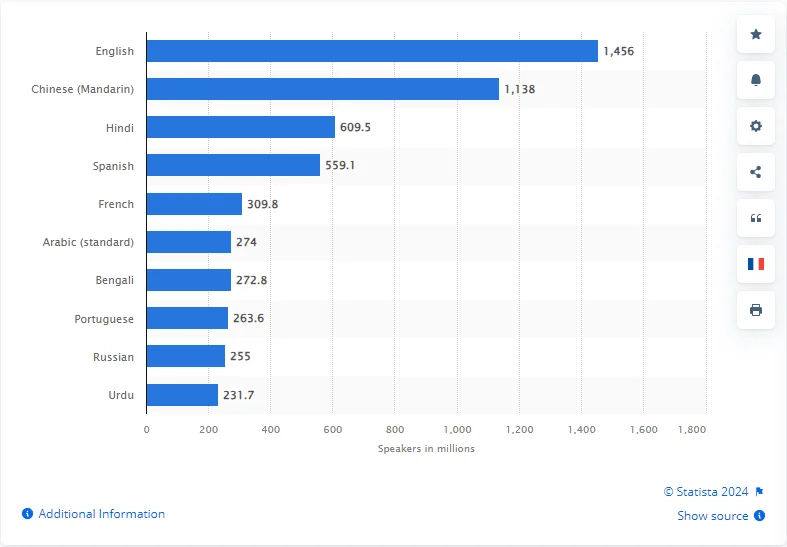
Automatic translation aims to make that process more efficient.
What is the difference between automatic translation and machine translation?
You might’ve noticed that the terms “automatic translation” and “machine translation” are often used interchangeably — which isn’t entirely wrong. Both refer to the process of translating content without human intervention.
Machine translation is an advanced automatic translation process.
Neural network-based machine translation engines, like Google Translate, Microsoft Translator, and DeepL, can translate text from one language to another. However, these are merely tools that speed up the translation itself. Their “raw” initial output is rarely perfect — and should only be viewed as a starting point.
Everything else involved in this workflow, from start to finish — including the automation of delegating translation tasks — is considered part of the broader automatic translation process.
That’s where translation management systems like Lokalise come in. While they have built-in machine translation tools, like DeepL and Google Translate, their job isn’t merely to translate content from one language to another.
They’re designed to support and streamline the translation and localization process, all while reducing the need for human intervention to a minimum.
What are the benefits and capabilities of using automatic translation?
Thanks to ongoing developments in artificial intelligence and natural language processing, automatic translation has the potential to be an alternative to the workload and cost associated with traditional translation services.
Companies are getting excited about it. The machine translation market value is expected to reach $978.2 million by 2030.

AI translation tools are slowly overtaking more traditional machine translation tools. You can feed them contextual information, like your style guide and glossary, which can lead to fewer post-edits and save time.
Combined with translation management systems, the translation process becomes effortless.
We’ve outlined some of the key benefits of machine translation below.
Cost savings
We live and work in an increasingly global-first world. It’s no surprise, then, that demand for translation services is higher than ever, especially as businesses try to overcome language barriers and tap into new markets with a more personalized approach.
Recent market research estimates that translation services industry revenues in the US alone hit $10.4 billion in 2024. No wonder, at an average of 22 cents per word for human translation.
That brings us to one of the most obvious (and, arguably, most significant) benefits of automatic translation — reduced costs. You can feed an AI your style guide and glossary so you’ll still get consistent, high-quality results without going over budget.
Speed
In addition to being costly, translation can be a time-consuming and labor-intensive process. That’s especially true for businesses dealing with large volumes of text.
With advanced translation tools, like translation management systems, you can translate hundreds of thousands of words with minimal human intervention in seconds, reducing project turnaround times and getting to market faster.
With Lokalise, you can set up automations using custom rules and triggers when certain events occur. So any time a defined language changes, it uses machine translation (from Lokalise AI, DeepL or Google MT) to automatically pre-translate content into your target languages.
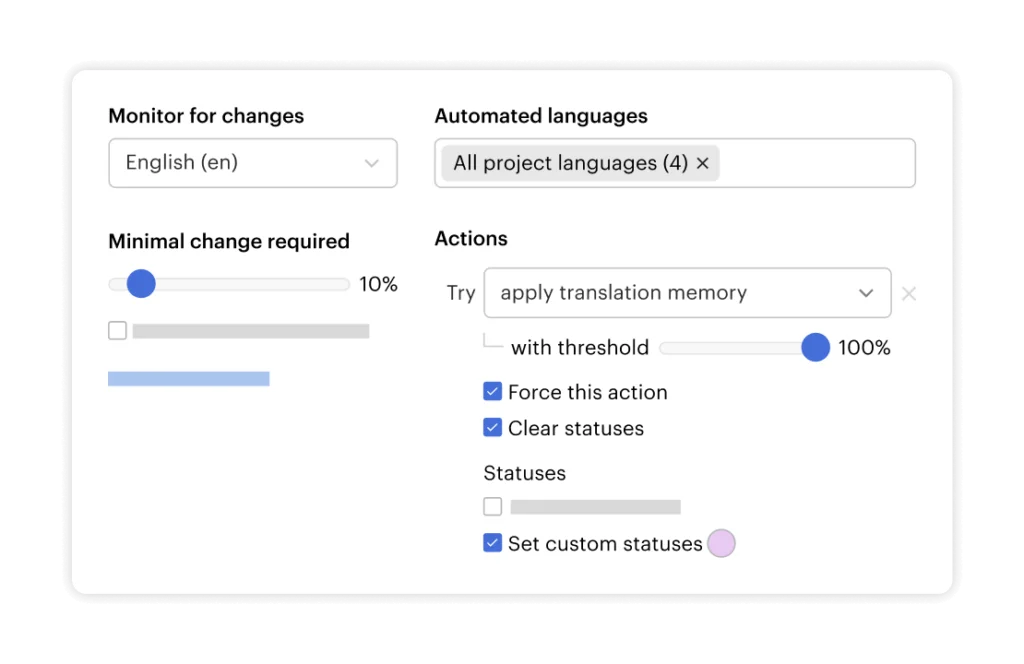
Scalability
The increase in globalization, the need to capture new markets, and the expansion of business operations across borders remain some of the main drivers of growth in the translation services industry.
Here’s the thing: it’s impossible for your business to reach a global audience, provide a localized experience for your customers, and create a highly accessible website without translating your content into different languages.
The tricky part is figuring out how to do so quickly, efficiently, and accurately — and the answer is automatic translation software. It’s a way to overcome language barriers and reach a global audience.
Consistency
There was a time when the output of content translation tools was riddled with inaccuracies, factual errors, and major inconsistencies. Technological advancements we’ve seen in recent years have made them a lot better.
Customized AI can give you a modern translation tool that is more than capable of consistently producing high-quality, accurate results.
With Lokalise AI, you can upload your style guide and glossary to make sure your translations are consistent and on-brand across your whole communication funnel.
The beauty of using translation management systems in combination with machine translation is that they come with translation memory built in. This is a pretty nifty feature that also helps maintain consistency. It works by saving past translations and re-using them on future content.
Consistent translation of specific terms and phrases across multiple languages not only ensures there’s no confusion — especially when it comes to documentation — but improves the overall user experience and helps you maintain your brand identity, too.
How to use automatic translation effectively
There’s no doubt that automatic translation engines can transform your localization workflow and ensure cost-effectiveness. That said, how you implement this software into your existing processes determines how effective it will be.
Choose the right content
Not all content is created equal — you’ve likely heard that phrase a hundred times before. And in the context of translation technology, content type matters more than you might realize.
It’s one of the key factors that contribute to accuracy and effectiveness.
Here are a few examples of low-visibility and low-traffic content types that are well-suited for machine translation with little to no post-editing:
- Highly structured and technical content
- User manuals
- User-generated content (UGC)
- FAQ pages
- Content that has a short life-span, like social media posts
- Customer inquiries and email support messages
- Bulks of content, like product descriptions
Another application is non-public, internal communication — especially among cross-border teams that often face language barriers.
The lack of human touch becomes more evident when cultural references, branding, or any sort of creative content are involved, but that’s nothing that editing can’t fix — which brings us to our next point.
Perform reviews and quality checks
The importance of review and post-editing cannot be overstated when it comes to generating high-quality translations.
Yes, the point is for the translation process to involve as little human intervention as possible, but human translators are still often needed to guarantee accuracy and fine-tune the overall tone to meet the target audience’s preferences.
So, even though the global localization software market continues to grow, it can’t fully replace human experts.
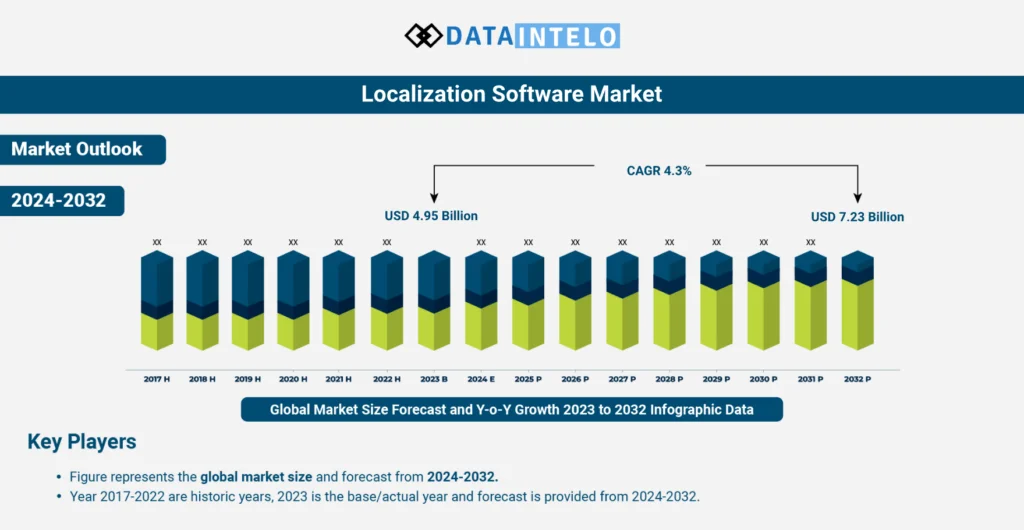
Of course, it all depends on the types of content you’re working with:
For instance, let’s say you’re working on sensitive content where even minor inconsistencies and ambiguity can cause major issues. In that case, yes — revisions and post-editing by humans are a must to provide consistent, accurate translations in your preferred tone and style.
Build a glossary
As we previously mentioned, terminology consistency is one of the main advantages that automated translation has over human translation.
However, the consistency of machine-translated text isn’t a given; you’ll have to fine-tune the output through translation memory and MT glossaries.
If you have a set of key terms and phrases — brand names, technical terms, industry-specific jargon, and product features, for example — that often shows up in your content, take the time to create an MT glossary. That way, you’ll have a database of key terms and their preferred translations in your target languages, which can be used for future translations.
What will the future of automatic translation look like?
The days of Google Translate’s statistical machine translation (SMT) are long behind us. As revolutionary as it was in terms of making online translation tools more available, it often struggled with translation accuracy.
However, we’ll give credit where credit is due — this technology set the stage for all the advancements we’re seeing today.
The Google Neural Machine Translation (GNMT) engine, released in 2016, marked a new era in translation software — and the introduction of AI-propelled translation technology even further.
Inspired by and designed to mimic the human brain, NMT made consistent, natural-sounding, high-accuracy translations a reality.
Considering the NMT’s ability to perform end-to-end learning, modern-day machine translation systems are only getting better and more accurate with time — and they’re already an integral part of translation management systems. But they don’t have the capacity to replace human expertise just yet.
Though, with the advancement of AI tools, machine translations are getting better. By adding a style guide and glossary, you can get very accurate translations that require fewer post-edits than traditional machine translation tools.
Ultimately, the future of automatic translation hinges on the collaborative efforts of human translators and AI-powered tools.
It’s not so much about machine translation engines completely replacing human translators — it’s about relying on their capabilities to complement human expertise and achieve faster and more accurate results.
How can Lokalise give you the best automatic translation
As we’ve pointed out already, the idea behind neural machine translation systems isn’t to fully replace humans.
Yes, some aspects of the translation process can be fully automated — depending on the content — but the critical thinking, consulting, and nuanced interpretations that only humans can offer are still crucial.
That’s why a localization and translation management system like Lokalise — one that helps automate, manage, and translate content to reach global audiences at scale — is your team’s best bet.
Here’s how Lokalise can help your team overcome language barriers:
- Lokalise AI, powered by OpenAI models, with automatic translation in more than 30 languages and the option to provide additional instructions regarding your preferred tone and industry — or even add your glossary and style guide — for more accurate, context-specific results
- Translation memory software, saving past entries to offer the same, consistent translation when an identical or similar sentence turns up in the same context
- Localization process automation, with custom rules for automated actions, webhooks, auto-pull from the code repository, and direct uploads to cloud file storage
- Translation quality assurance tools, including built-in grammar checks, multilingual glossaries, translation suggestions, and automated QA checks, minimize the risk of errors and ambiguity
- Lokalise Messages, a solution developed as a direct response to the growing need for automatic, real-time translation for customer support teams, making it possible to answer customer inquiries in dozens of different languages
Plus, Lokalise supports third-party integrations (including Slack, Figma, Asana, Trello, Salesforce CRM, and WordPress) making it easy to incorporate this TMS platform into your existing workflow.
Conclusion
One thing that’s become apparent in recent years is that business and commerce are ever changing — with remote work and digital assets continuing to play a central role. The same trend can be seen in business strategies, too; companies are looking to expand into new markets.
But there’s a catch:
While geographical boundaries are no longer an issue, language barriers most certainly are — and if you hope to overcome them, you’ll need a powerful translation management system.
Get the most out of automatic translation with Lokalise. Start your free trial today.
